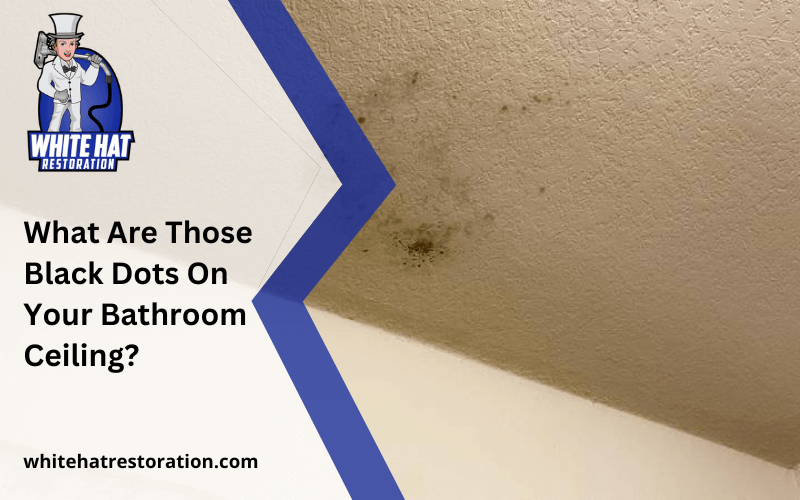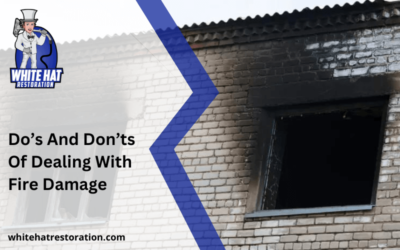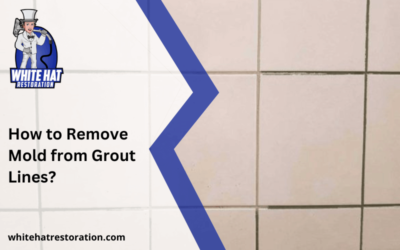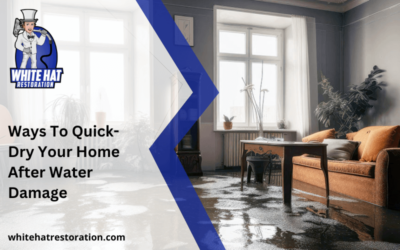The bathroom is one of the daily used areas in our home. And, there are certain chances of you starting to see dark black dots on your bathroom ceiling all of a sudden.
These black dots can be mold or mildew. Mold in bathroom is a common problem you will generally observe on ceilings, tiles, and other surfaces that remain in contact with water.
Even though mold in bathroom is a common issue, you must not overlook it as it is more than a dark black spot. Mold is something that you should address in an early stage before it becomes a hazard.
Moreover, you should hire professional mold remediation services if there is significant growth, as cleaning it yourself can be harmful to your health. In this article, we will discuss some essential things about mold in bathrooms.
Signs That There is Mold in Bathroom
Mold in your bathroom can be visible easily in the form of dark black spots. But in some cases, the mold grows in some invisible areas that are not easy to find. In such cases, some signs help you detect mold in the bathroom. Besides that, you can also test for mold using a testing kit.
- Cracking, Bubbling, Peeling of Paint
- Excess Moisture in ceiling or walls
- Musty, mildewed smell
- The increasing size of dark spots
- Breathing-related or allergic symptoms in family
Can Mold in Bathrooms Be A Health Hazard?
Yes! Mold in your bathroom can be a severe health hazard for your family. Mold is a fungus that contains several harmful contaminants and toxins that can negatively affect the health of your family members as well as pets.
Children and adults are most likely to get affected by mold. Because of their low immunity, they experience health issues early. Here is the list of health issues that might happen because of mold in your bathroom.
- Allergies
- Nausea
- Irritation in eyes
- Problem in breathing
- Asthma
- Skin infections
- Runny nose
- Sore throat
- Cough
What Causes Mold in Bathroom?
The most common cause of mold is excess moisture. Warm and damp places create the most favorable environment for mold growth. Apart from that, internal water leaks, damaged plumbing, lack of cleaning, high humidity, and improper ventilation can lead to mold growth in your bathroom.
What next if you suspect mold in the bathroom?
The best thing you can do after you suspect mold is to hire a professional. Professionals have adequate knowledge to deal with mold. However, in case of early-stage growth, follow the flooring steps.
⇒ Wear Protective Gear
Wear all the safety gear, like a mask, goggles, and gloves. It will protect you from mold spores as well as the cleaners you will be using for cleaning.
⇒ Prepare A Cleaning Solution
You can prepare a DIY cleaner by mixing one part of bleach and three pacers of water. Prepare an adequate amount of solution that will be sufficient to clean the mold.
⇒ Apply The Cleaner
Soak a sponge in the cleaning solution and start scrubbing the mold-affected areas. Keep scrubbing until the mold is removed from your ceiling.
⇒ Rinse The Ceiling
Once you remove the mold, rinse your ceiling with normal water and leave it to dry. You can also use a hairdryer for fast drying.




